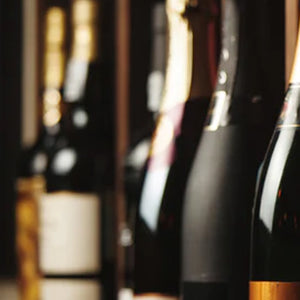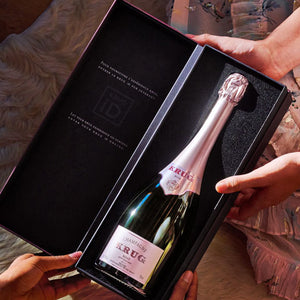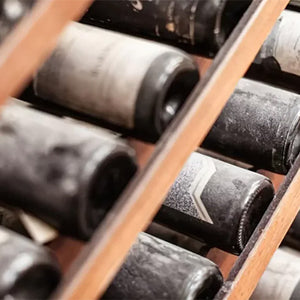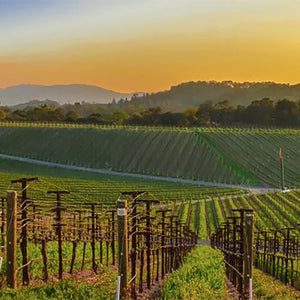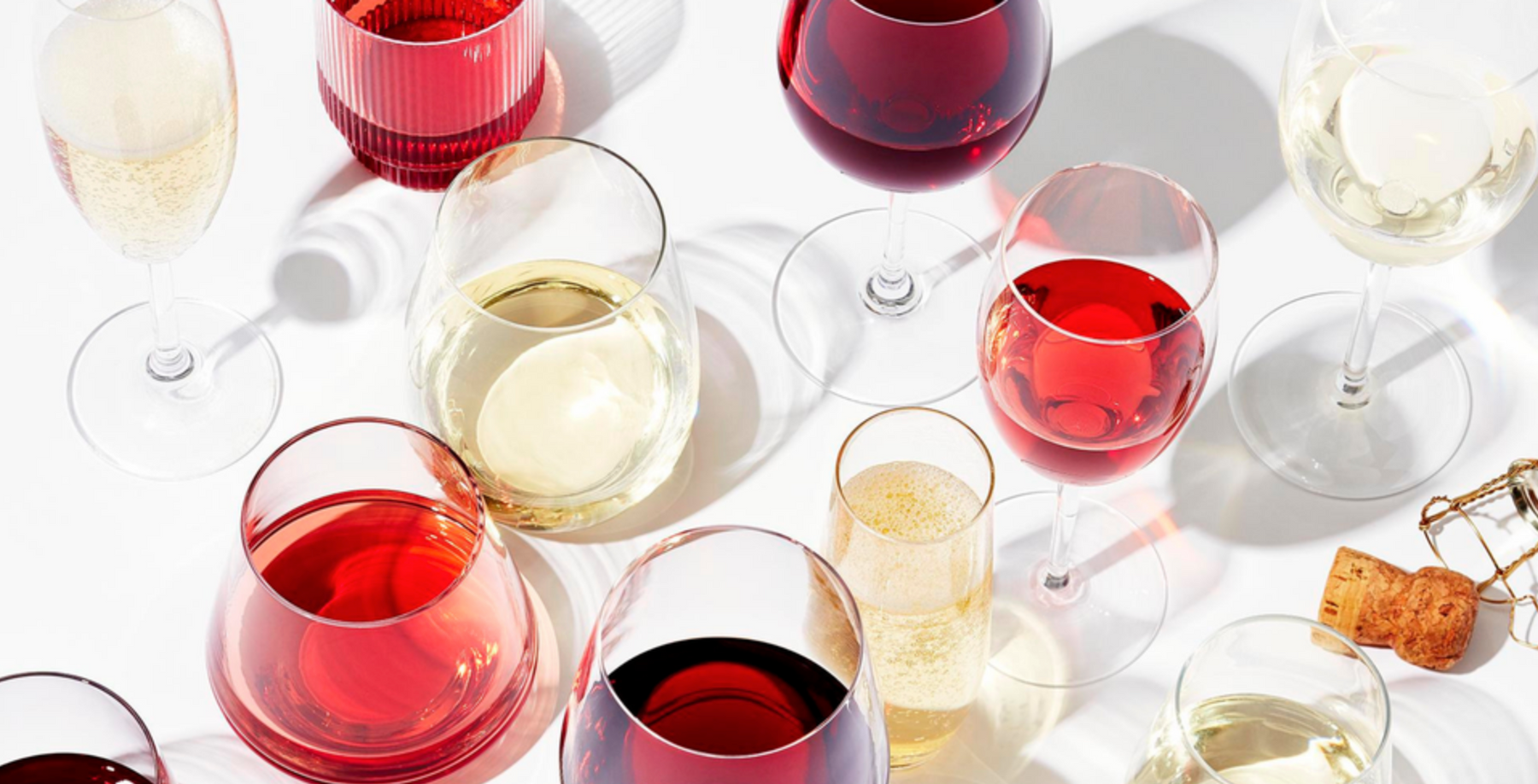
Drop These 10 Wine Facts to Look Like a Pro This Holiday Season
Wine and the holiday season go hand in hand—though knowing a thing or two about what you’re drinking not only creates a more informed drinking experience, it also gives you serious street cred amongst friends and colleagues.
This week, we’re sharing 10 go-to wine facts to keep on hand to look like a pro this holiday season. From grape variety trivia to producer history, keep these ten facts in your back pocket for when the conversation goes dry. You’ll look like a badass and also likely strike up some interesting conversation along the way!
1. Cabernet Sauvignon is the most planted grape variety in the world.
It’s true – with over 340,000 hectares (840,000 acres) planted across the globe, Cabernet Sauvignon clocks in as the world’s most planted grape variety, followed by Merlot at 266,000 hectares (657,300 acres).
2. Veuve Clicquot is named after the famous widow, Madame Clicquot, the first woman to ever run a Champagne house. She is also credited with creating the first vintage Champagne, as well as a number of other major breakthroughs!
To say that Madame Clicquot was a force would be a serious understatement. Not only was she the first woman to run a Champagne house, she’s credited with crafting the first vintage Champagne (1810), as well as nailing down the riddling process to clarify the wines six years later.
3. Although Malbec is synonymous with Argentina today, the grape actually finds its origins in South West France.
Malbec and Mendoza go hand in hand today, though the grape originally hails from South West France, located not too far from Bordeaux. Bonus fact: In France, the grape is referred to as Cot (pronounced ‘koh’), not Malbec.
4. Not all Riesling is sweet – in fact, most of it is dry, and checking a bottle’s ABV is a pretty solid way to figure out what’s inside the bottle
Despite the stereotypes, the majority of Riesling is actually vinified bone dry. Bottles with an ABV of 12% or higher are almost guaranteed to be dry, whereas those with 10% or lower ABV are bound to have some residual sugar in them.
5. All red wines from Rioja with a Crianza, Reserva, or Gran Reserva labeling must age for a minimum of one year in oak.
Generic Rioja without any designation is not required to be aged in oak, though according to the governing board, all wines with the above designations must spend at least one year in wood (and one year in bottle) prior to aging. Full-bodied red lovers, these wines are for you!
6. All (white) Sancerre is Sauvignon Blanc, though not all Sauvignon Blanc is Sancerre.
Think of it like how all squares are rectangles but not all rectangles are squares. According to AOC regulations, all white wines labeled Sancerre must be vinified from 100% Sauvignon Blanc, though wines made from 100% Sauvignon Blanc wines are crafted all across the globe.
7. Rosé is produced via directly pressing juice from red grapes or via the ‘saignée’ method, which involves “bleeding off” a portion of juice from fermenting red wine.
Don’t worry, ‘bleeding off’ is not nearly as violent as it sounds! In short, the saignée method is used to concentrate the currently fermenting red wine, and the ‘bled off’ juice is bottled as rosé. Bonus fact: The only region in the world that allows for the mixing of still red and white wine to make rosé is Champagne!
8. Chardonnay is frequently deemed as a “chameleon” grape, thanks to its relatively neutral flavor profile.
Prior to any form of vinification or aging, the juice pressed from Chardonnay is actually quite neutral tasting. Because of this, wines produced from the grape can be extremely reflective of the place they come (when produced at the right hands, of course), as well as are very sensitive to the winemaking choices (oak vinification / aging, lees contact, etc.) imparted on them.
9, Pinot Noir gets its name from the French words for “pine” and “black.”
It’s true! Pinot is the word for pine, which pays homage to the pine cone shape in which the grape clusters grow, and noir is black, which refers to the color of the grapes’ skins.
10. Tenuta San Guido is credited with creating the first ever Super Tuscan, Sassicaia, in the Bolgheri region of Tuscany.
Inspired by the great blends of Bordeaux, Tenuta San Guido commercially produced its first ‘Super Tuscan’ back in 1968, ultimately releasing it to the market in 1971. Shortly after, Marchesi Antinori’s Tignanello followed.

